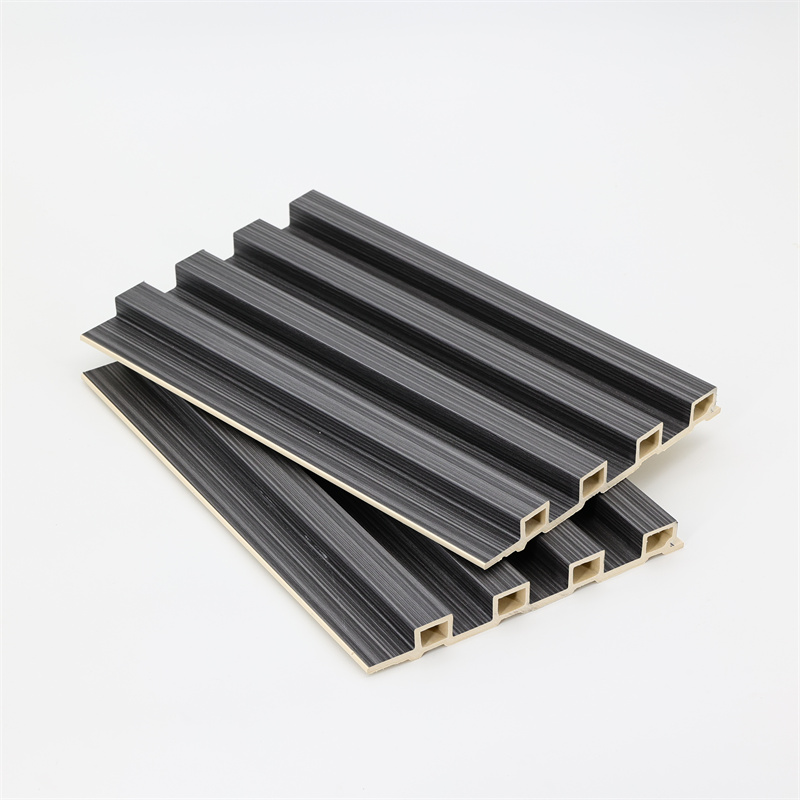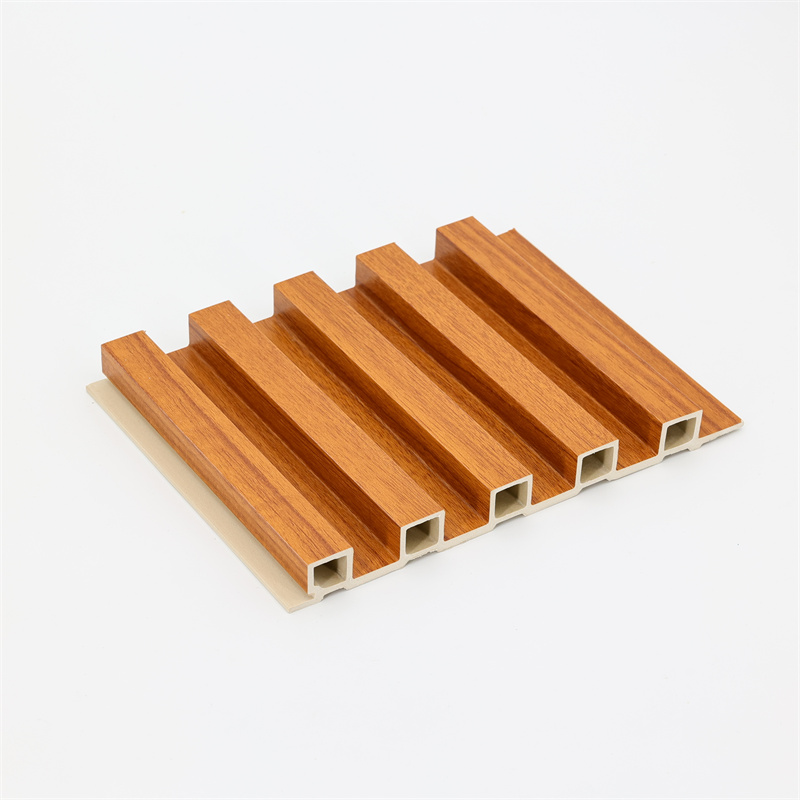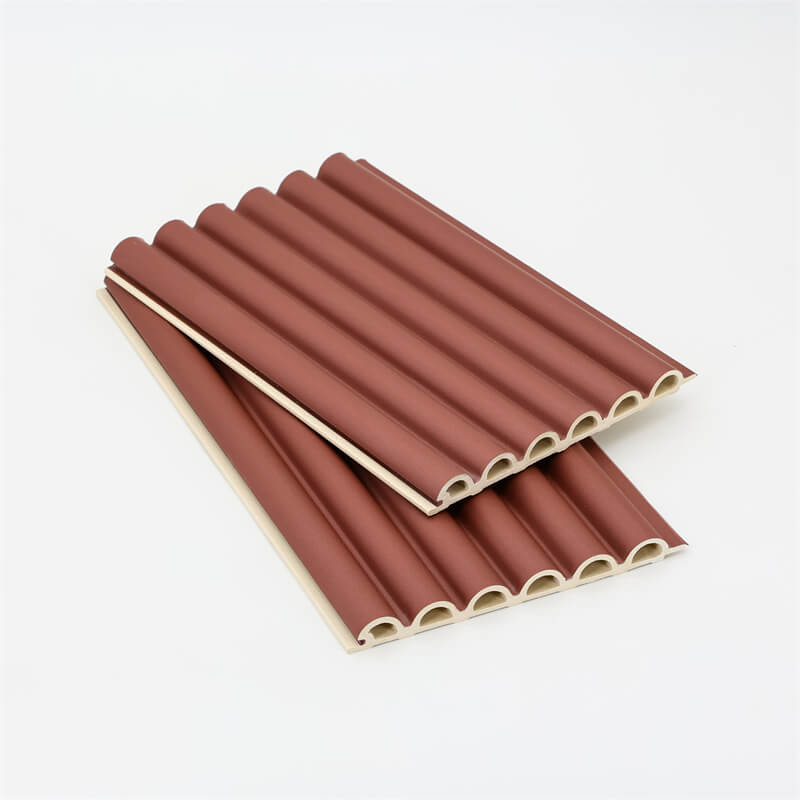
As concerns about environmental sustainability and resource conservation continue to rise, eco-friendly building materials have gained significant popularity.
One such innovative solution is Wood-Plastic Composite (WPC) wall panels.
These panels combine the advantages of wood and plastic to create a durable, low-maintenance, and eco-friendly alternative to traditional wall cladding materials.
This essay explores the benefits of investing in WPC wall panels, focusing on their eco-friendliness and cost-effectiveness.
By examining the environmental advantages, cost savings, durability, and long-term value of WPC wall panels,
we aim to provide readers with valuable insights into why WPC is a worthy investment in the modern construction landscape.
The Environmental Advantages of WPC Wall Panels
WPC wall panels are renowned for their eco-friendly attributes, making them a sustainable choice for environmentally-conscious consumers.
These panels are primarily composed of recycled wood fibers, such as sawdust or wood chips, and post-consumer plastic waste,
which typically includes recycled high-density polyethylene (HDPE). By repurposing these materials,
WPC wall panels contribute to reducing landfill waste and minimizing the demand for virgin timber and new plastics, thereby conserving natural resources.
Furthermore, the manufacturing process of WPC wall panels consumes less energy compared to conventional wall cladding materials like concrete or brick.
The low energy requirements translate to reduced greenhouse gas emissions, making WPC an environmentally responsible option.
Additionally, the extended lifespan and recyclability of WPC wall panels ensure that their overall ecological footprint remains considerably lower than alternatives, fostering a more sustainable building industry.

Cost Savings and Financial Benefits of WPC Wall Panels
Investing in WPC wall panels not only benefits the environment but also proves to be financially advantageous for homeowners, builders, and developers alike.
Initially, WPC panels might have a slightly higher upfront cost compared to some conventional materials. However, this cost disparity is quickly offset by the substantial cost savings over the product’s lifetime.
One of the primary cost-saving factors is the low maintenance requirements of WPC wall panels.
Unlike wood, which requires regular painting, staining, and sealing, WPC panels are resistant to rot, decay, and insect infestations, eliminating the need for frequent upkeep.
Additionally, the panels do not splinter or crack, ensuring reduced repair and replacement expenses.
Moreover, WPC wall panels are relatively lightweight, simplifying transportation and installation processes.
Their interlocking mechanisms or concealed fasteners further expedite installation, saving on labor costs.
As a result, the overall installation expenses are significantly lower compared to labor-intensive materials, such as brick or stone.

Durability and Long-Term Value of WPC Wall Panels
WPC wall panels are engineered to withstand various environmental conditions, making them highly durable and long-lasting.
Unlike wood, which can warp or swell in response to moisture, and unlike plastics that can become brittle with age, WPC panels maintain their structural integrity over time.
This longevity ensures that the initial investment pays off well into the future.
Furthermore, the inherent resistance of WPC wall panels to moisture, UV rays, and other weathering factors contributes to their sustained aesthetics.
The panels retain their color and texture, requiring minimal maintenance to preserve their appearance.
Consequently, the property value of structures equipped with WPC wall panels tends to appreciate over time, offering an added advantage to homeowners and real estate developers.
Other Advantages of WPC Wall Panels
Apart from the eco-friendliness, cost-effectiveness, and durability of WPC wall panels, several other benefits enhance their appeal in the construction industry.
WPC panels are available in a wide range of designs and finishes, allowing architects and homeowners to achieve their desired aesthetic without compromising on sustainability.
Additionally, WPC is an excellent insulator, helping to regulate indoor temperatures and reduce energy consumption for heating and cooling.
In conclusion, investing in WPC wall panels is a wise decision from both an environmental and economic standpoint.
These panels combine eco-friendly composition with substantial cost savings, long-lasting durability, and various other advantages.
As the world shifts towards sustainable building practices,
WPC wall panels offer an ideal solution for eco-conscious consumers and construction professionals looking to create environmentally responsible,
cost-effective, and aesthetically appealing structures.
Embracing WPC wall panels not only contributes to a greener planet but also paves the way for a more sustainable and prosperous future for the building industry.